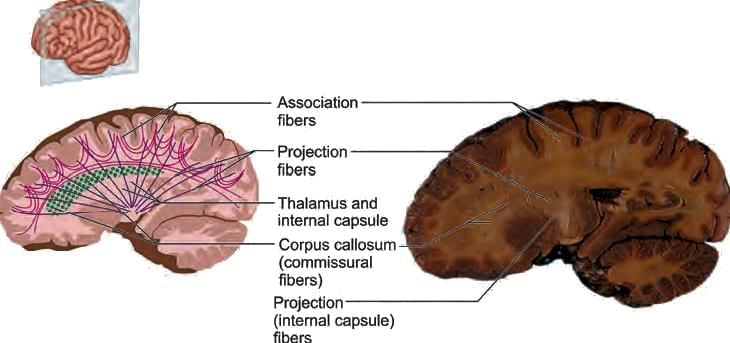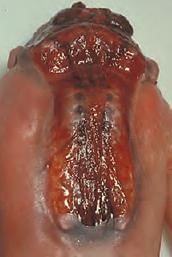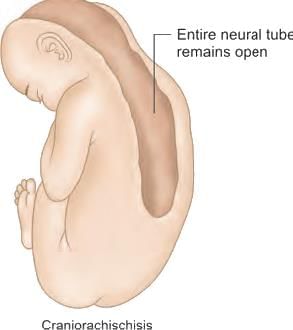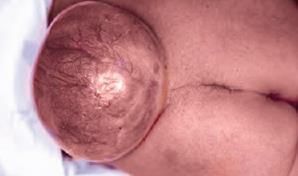NEET PG Exam > NEET PG Tests > Test: Neuroanatomy - NEET PG MCQ
Test: Neuroanatomy - NEET PG MCQ
Test Description
25 Questions MCQ Test - Test: Neuroanatomy
Test: Neuroanatomy for NEET PG 2025 is part of NEET PG preparation. The Test: Neuroanatomy questions and answers have been prepared
according to the NEET PG exam syllabus.The Test: Neuroanatomy MCQs are made for NEET PG 2025 Exam.
Find important definitions, questions, notes, meanings, examples, exercises, MCQs and online tests for Test: Neuroanatomy below.
Solutions of Test: Neuroanatomy questions in English are available as part of our course for NEET PG & Test: Neuroanatomy solutions in
Hindi for NEET PG course.
Download more important topics, notes, lectures and mock test series for NEET PG Exam by signing up for free. Attempt Test: Neuroanatomy | 25 questions in 25 minutes | Mock test for NEET PG preparation | Free important questions MCQ to study for NEET PG Exam | Download free PDF with solutions
Detailed Solution for Test: Neuroanatomy - Question 1
Detailed Solution for Test: Neuroanatomy - Question 2
Test: Neuroanatomy - Question 3
In the given image, the marked structure connects which of the following?
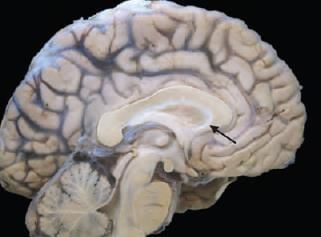

Detailed Solution for Test: Neuroanatomy - Question 3
Test: Neuroanatomy - Question 4
Which of the following projects efferent fibers through the marked structure?
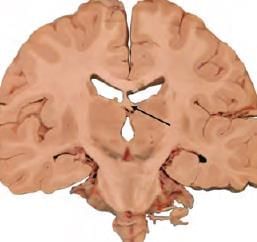
Detailed Solution for Test: Neuroanatomy - Question 4
Detailed Solution for Test: Neuroanatomy - Question 5
Test: Neuroanatomy - Question 6
Regarding white matter:
a. Fornix is the major afferent for hippocampus
b. Tapetum connects temporal lobes
c. Internal capsule has association fibres
d. Arcuate fasciculus has association fibres
Detailed Solution for Test: Neuroanatomy - Question 6
Detailed Solution for Test: Neuroanatomy - Question 7
Detailed Solution for Test: Neuroanatomy - Question 8
Detailed Solution for Test: Neuroanatomy - Question 9
Detailed Solution for Test: Neuroanatomy - Question 10
Detailed Solution for Test: Neuroanatomy - Question 11
Detailed Solution for Test: Neuroanatomy - Question 12
Detailed Solution for Test: Neuroanatomy - Question 13
Detailed Solution for Test: Neuroanatomy - Question 14
Test: Neuroanatomy - Question 15
Which of the following part of corpus callosum develops first?
Detailed Solution for Test: Neuroanatomy - Question 15
Test: Neuroanatomy - Question 16
All are disorders due to non-migration of neural crest cells EXCEPT:
Detailed Solution for Test: Neuroanatomy - Question 16
*Multiple options can be correct
Detailed Solution for Test: Neuroanatomy - Question 17
Detailed Solution for Test: Neuroanatomy - Question 18
Detailed Solution for Test: Neuroanatomy - Question 19
Detailed Solution for Test: Neuroanatomy - Question 20
Detailed Solution for Test: Neuroanatomy - Question 21
Detailed Solution for Test: Neuroanatomy - Question 22
Detailed Solution for Test: Neuroanatomy - Question 23
Detailed Solution for Test: Neuroanatomy - Question 24
Detailed Solution for Test: Neuroanatomy - Question 25
Information about Test: Neuroanatomy Page
In this test you can find the Exam questions for Test: Neuroanatomy solved & explained in the simplest way possible.
Besides giving Questions and answers for Test: Neuroanatomy, EduRev gives you an ample number of Online tests for practice
Download as PDF



